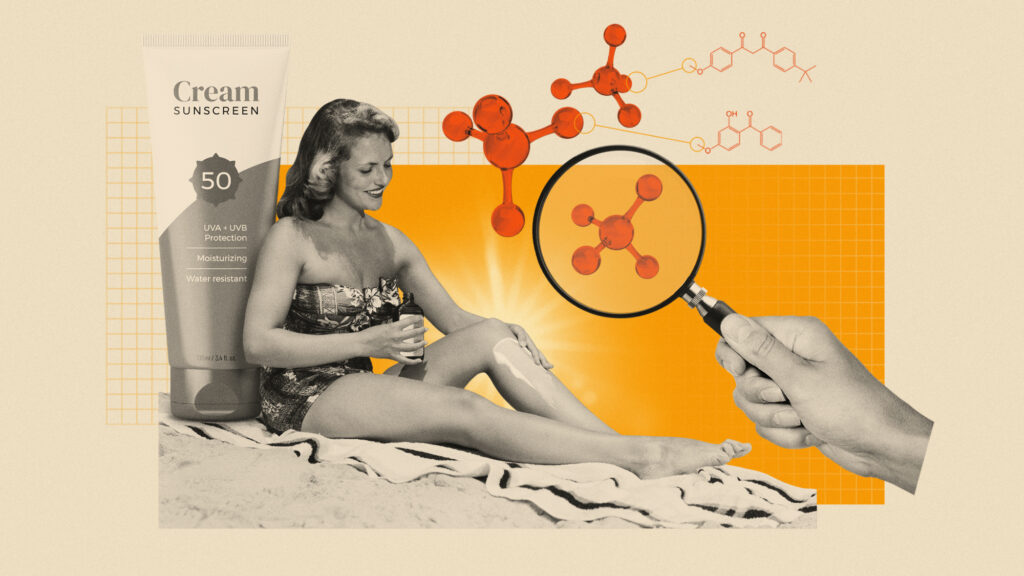
A growing number of influencers are urging people to abandon sunscreen, claiming its ingredients pose health risks, including potential links to cancer. This trend has alarmed dermatologists and skin cancer specialists who emphasize the protective benefits of sunscreen. The debate raises critical questions about the validity of these claims and the science behind sunscreen’s role in skin health.
Understanding Sunscreen’s Role
Sunscreen is designed to protect skin from harmful ultraviolet (UV) light, which can damage DNA in skin cells, leading to mutations and ultimately skin cancers. The American Academy of Dermatology highlights that UV exposure also accelerates skin aging and contributes to wrinkles. Sunscreens typically contain either organic or inorganic filters that absorb UV light, releasing it as heat, while some reflect or scatter it.
Research spanning many years has consistently shown that regular use of sunscreen significantly lowers the risk of developing melanoma and non-melanoma skin cancers. For example, a comprehensive study published in the *Journal of Clinical Oncology* found that daily sunscreen application reduced melanoma risk by more than 50% over a decade.
Despite this evidence, some influencers, who refer to themselves as “sun nutritionalists,” argue that sun protection products are far more harmful than natural sun exposure. Their claims range from the assertion that certain sunscreen ingredients can disrupt hormones to the belief that these products contribute to vitamin D deficiency. The most extreme allegations suggest that sunscreens are part of a conspiracy to keep people ill, as reported by *The Independent*.
Scientific Evidence on Sunscreen Safety
Scientific consensus strongly contradicts the idea that sunscreens cause cancer. According to Professor **Antony Young** of **King’s College London**, “there is zero evidence” supporting such claims. He states that skin cancers arise from mutations, with almost all skin cancers linked to specific UV-induced mutations. Moreover, research from Young’s team indicates that using sunscreen daily has minimal impact on the body’s ability to synthesize vitamin D.
Much of the concern surrounding sunscreen toxicity appears to stem from misinterpretations of scientific studies. One study from 2001 found that baby female rats exposed to high doses of a chemical called **oxybenzone** exhibited abnormal uterine development. However, the amounts administered were unrealistically high and would require a human to apply sunscreen containing 6% oxybenzone daily for 277 years to achieve similar absorption levels, as noted by **BBC Future**.
A 2019 study did detect oxybenzone and other UV filters in the bloodstream of people using large quantities of sunscreen. However, the study’s authors cautioned that the amounts used in the study were far greater than what an average person would apply at the beach. Subsequent research has found no evidence of harm from oxybenzone, but as a precautionary measure, the concentration of oxybenzone in sunscreens sold in the UK and EU will be limited to 2.2% from **March 2026**.
Debates continue over whether mineral sunscreens are safer than chemical formulations. While mineral sunscreens, often referred to as “physical sunscreens,” are perceived as safer because they are thought to block UV light primarily by reflecting it, many modern formulations also absorb UV rays similarly to chemical sunscreens. Although some chemical filters may enter the bloodstream, current evidence does not establish any harmful effects from this exposure.
In summary, while the rise of anti-sunscreen rhetoric is a notable trend, the scientific community remains firm in its stance on the protective benefits of sunscreen. As more individuals engage with these claims online, it is essential to rely on credible research and expert opinions to navigate the complexities surrounding sun safety.






